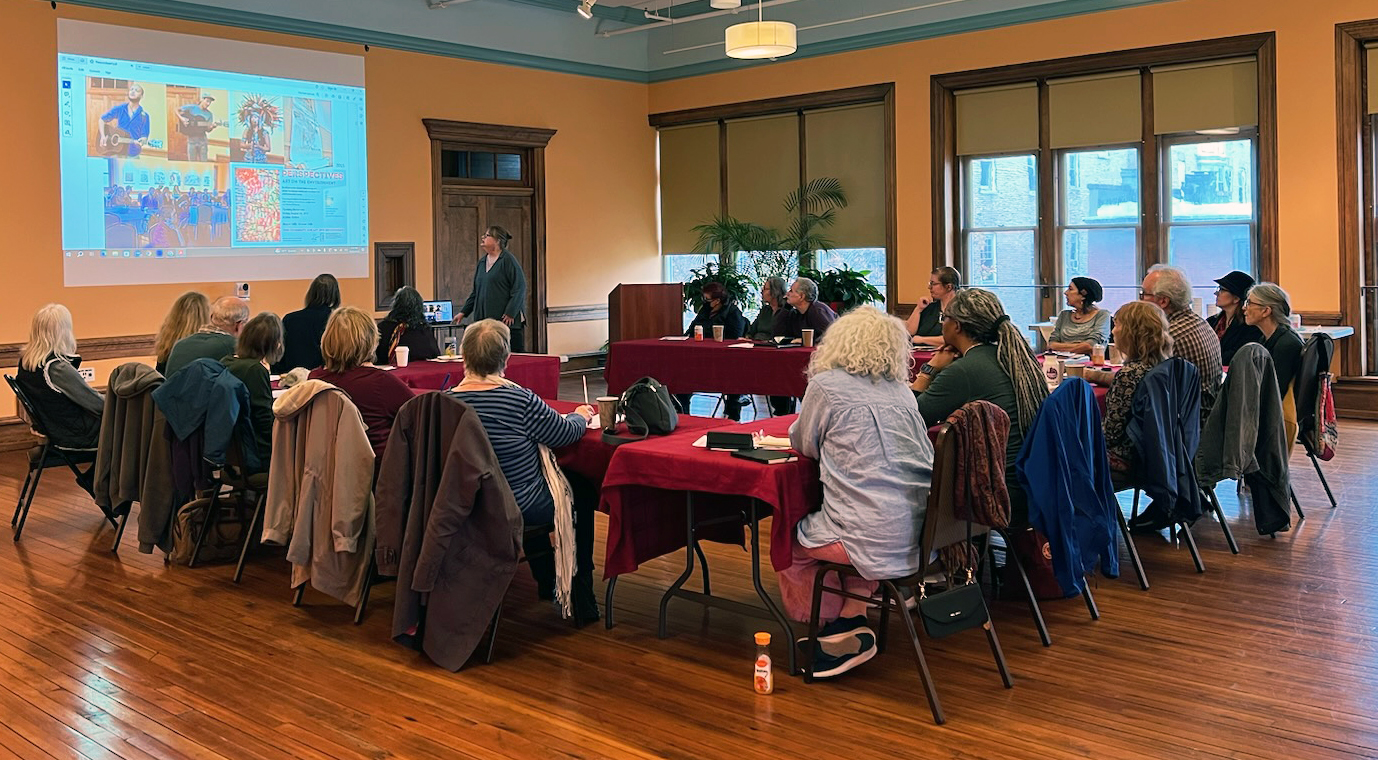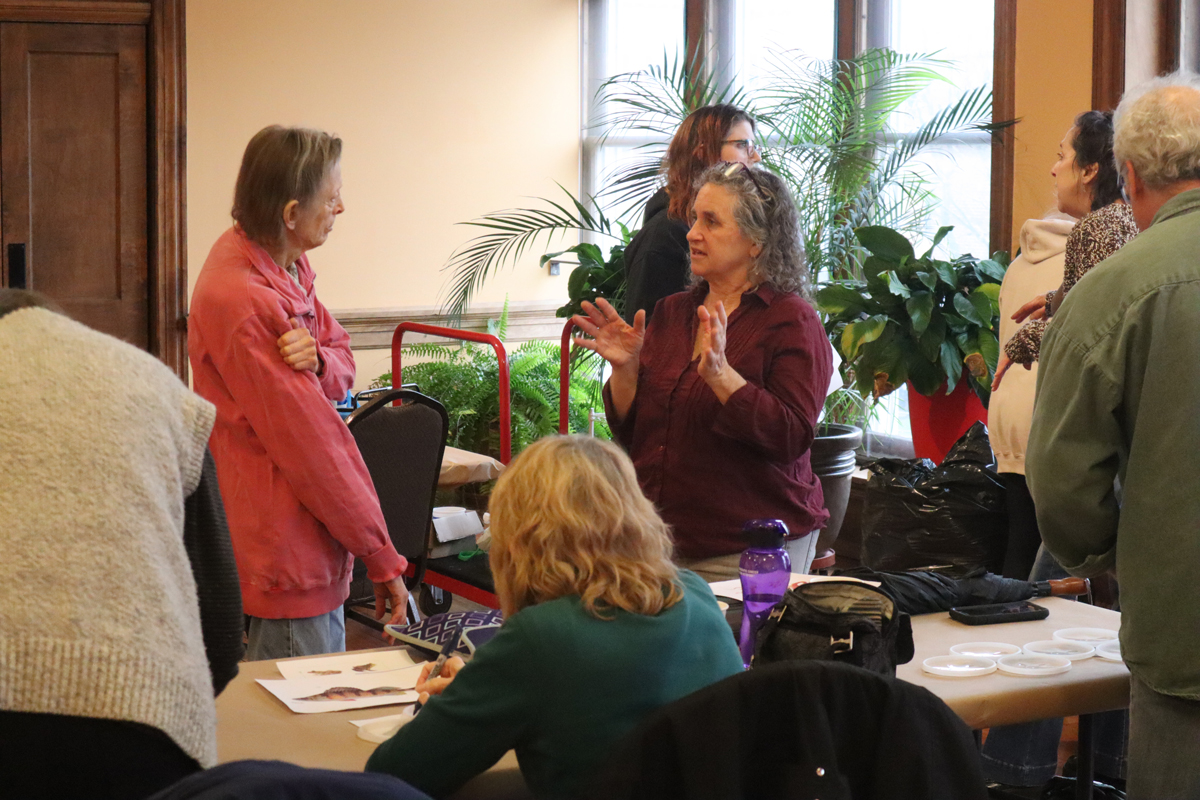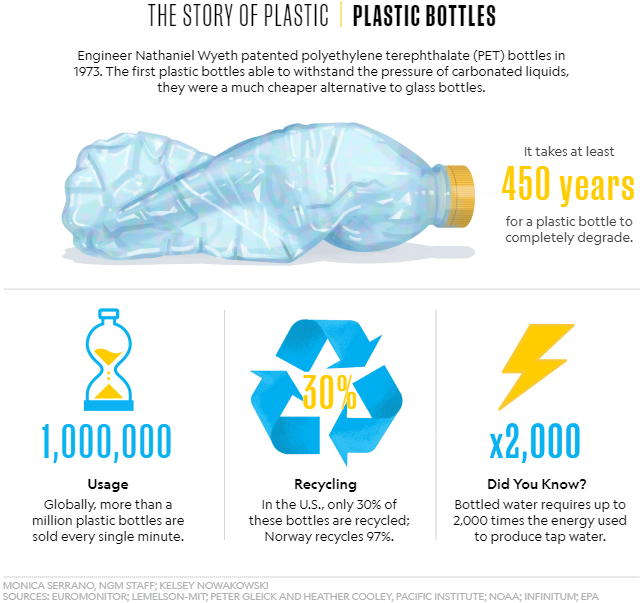Perspectives 7: Insidious Plastics
In·sid·i·ous
/inˈsidēəs/
harmful but enticing: seductive; having a gradual and cumulative effect: subtle; awaiting a chance to entrap: treacherous
List of Participating Artists (click here)
March Workshop with Artist Kate Dodd
Q&A with Megan Wolff from Beyond Plastics
February Workshop:
Plastic and the Arts – Keri Maxfield’s Presentation
Here is a link to an article on the artist, Clyde Connell, Don Wilson was talking about at our workshop: https://www.artforum.com/features/clyde-connell-speaking-the-south-204753/
November Workshop:
Video of Kate Semmens’ Presentation
Keri Maxfield’s Powerpoint Slides
Presentation from Megan Wolff of Beyond Plastics
Awesome Data Visualizations: https://ourworldindata.org/plastic-pollution
Microplastics are Everywhere: https://www.bbc.com/future/article/20240110-microplastics-are-everywhere-is-it-possible-to-reduce-our-exposure
The New Coal: Plastics and Climate Change – https://www.beyondplastics.org/plastics-and-climate
NOAA’s Marine Debris Program – https://marinedebris.noaa.gov/what-marine-debris/plastic
What You Can Do About Trash Pollution – https://www.epa.gov/trash-free-waters/what-you-can-do-about-trash-pollution
Composting – PA Department of Environmental Protection – https://www.dep.pa.gov/Business/Land/Waste/Recycling/Composting/Pages/default.aspx
Plastics in Bottled Water:
https://www.npr.org/2024/01/10/1223730333/bottled-water-plastic-microplastic-nanoplastic-study
- Can I Recycle This? A Guide To Better Recycling And How To Reduce Single-Use Plastics by Jennie Romer
- Plastic: A Toxic Love Story by Susan Freinkel
- Year Of No Garbage: Recycling Lies, Plastic Problems, And One Woman’s Trashy Journey To Zero Waste: A Memoir by Eve O. Schaub
- Garbology: Our Dirty Love Affair With Trash by Edward Humes
- The Compost Coach: Make Compost, Build Soil And Grow A Regenerative Garden – Wherever You Live! by Kate Flood
- Zero Waste Para Salvar El Mundo: Guía Ilustrada Para Una Vida Sostenible by Ally Visp
- Can I Recycle This? A Guide To Better Recycling And How To Reduce Single-Use Plastics by Jennie Rome
- Plastic Planet: How Plastic Came To Rule The World (And What You Can Do To Change It) by Georgia Amson-Bradshaw
- Living Without Plastic: More Than 100 Easy Swaps For Home, Travel, Dining, Holidays, And Beyond by Brigette Allen
- Garbology: Our Dirty Love Affair With Trash by Edward Humes
- Waste by Debbie Nevins
ADDITIONAL RESOURCES
Birth of Plastics
- Where do plastics come from → First Synthetic Plastic → Development of New Plastics → Plastics in WWII → Anxiety of growing plastic waste https://sciencehistory.org/education/classroom-activities/role-playing-games/case-of-plastics/history-and-future-of-plastics/
- Timeline of Natural Plastics – Fully Synthetic Plastics (Rubber-Bakelite) https://www.spc-group.com/rubber/history-of-rubber/#:~:text=Rubber%20has%20been%20used%20for,as%20the%20’rubber%20people’.
Current Use of Plastics
- Paper plates and cups have a plastic coating that prevents them from getting soggy. It also makes them impossible to recycle until you remove the coating. Commercial Recycling Equipment Not There Yet for Paper Cups
- Plastic has been more recently adopted for use in “gourmet” tea bags. The pyramid shaped bags are made from PET or nylon, and when brewed in a cup of boiling water, shed billions of microplastics into one cup of tea, says Nathalie Tufenkji with Montreal University. Plastic Teabags Release Billions of Microparticles and … Some tea bags may shed billions of microplastics per cup | CBC News
- “New report: 9 out of 10 receipts contain toxic BPA or BPS” A study “Toxic-Free Future” study published in 2010 said every other receipt from a cash register contained BPA. A 2018 report from “their partner” HealthyStuff.org claimed those numbers had risen to 93% of receipts. Both studies are below. 1 On the Money: BPA on Dollar Bills and Receipts – Toxic-Free Future Hormone-Disrupting Chemicals BPS and BPA Found in Receipts
Plastics Reuse
- Turning plastic into hydrogen: “The Fuel of the Future” – https://www.telegraph.co.uk/business/2023/08/20/ex-sas-mercenary-chair-start-up-turning-plastic-hydrogen/
- This article describes a new recycling process that refines plastic trash into valuable chemicals and oils by heating them in an oxygen-free environment.“We can get high-value alcohols worth $1,200 to $6,000 per ton from waste plastics, which are only worth about $100 per ton” Revolutionary chemical recycling process adds big value to junk …
- Algramo is a unique company that aims to reduce plastic waste. They place vending machines with different products like laundry detergent or dog food around a city. They’re equipped with reusable containers that are to be returned or refilled. You only pay for the product, not the packaging. They only operate in four countries at this point. The link is to a video that quickly breaks down the model. https://twitter.com/i/status/1394734509027995648
- “The students learned that others have tried to introduce plastic into cement mixtures, but the plastic weakened the resulting concrete. Investigating further, they found evidence that exposing plastic to doses of gamma radiation makes the material’s crystalline structure change in a way that the plastic becomes stronger, stiffer, and tougher…And the presence of irradiated plastic along with fly ash strengthened the concrete even further, increasing its strength by up to 15 percent compared with samples made just with Portland cement, particularly in samples with high-dose irradiated plastic.” MIT students fortify concrete by adding recycled plastic
Plastic Alternatives
- The interesting idea to replace plastic buoys with ones made with mycelium is described in this article. Main issues being their shorter “lifespans” as functional buoys as well as their attraction of seagulls. (And how those seagulls affect the likes of seafood farms that are interested.) Buoys made of mushrooms stay afloat in Maine waters
Medical Use of Plastics
- Can medical care exist without plastic? – National Geographic The Healthcare Plastics Recycling Council (HPRC) answers the question above.^ They say no, but aim to “improve the recyclability of plastic products and packaging within healthcare”. The website is a database of current hurdles in diminishing healthcare plastic waste, past issues overcome, other projects & groups with similar goals.
- This is the HPRC’s list of “Future Steps” snipped from their article “Regulatory Barriers Related to Healthcare Plastic Waste Recycling in the EU”. The article focuses on legislative barriers preventing the development of a better healthcare waste recycling system. Healthcare Plastics Recycling Council
- This article describes how plastic revolutionized healthcare in the 20th century. They describe its flexible nature and how this property makes plastic designs seemingly endless, while offering highly available, low-cost, and sterile products. Application of Plastics in Medical Devices and Equipment – PMC
Sustainability and Plastics
- This article describes the problems the Southern Oregon Sanitation facility faces when tackling plastic recycling. Their customers were upset when they were told the facility can only accept soda bottles and jugs for milk & detergent. They state, “Waste management experts say the problem with plastic is that it is expensive to collect and sort. There are now thousands of different types of plastic, and none of them can be melted down together. Plastic also degrades after one or two uses. Greenpeace found the more plastic is reused the more toxic it becomes.” Recycling plastic is practically impossible… – NPR
- Glitter’s design is small shiny pieces of plastic. These pieces often pass through water filtration and end up in the ocean. “Today Glitter” makes glitter out of plant cellulose from eucalyptus trees. Today Glitter: Bioglitter®
- Cotopaxi is a brand: Their (Re)Purpose® Collection uses fabric left over from other companies’ production runs. The company is climate neutral. 94% of their products contain repurposed, recycled, or “responsible materials” Cotopaxi – Gear For Good
Plastic Waste
- Data on plastics broken down by country https://ourworldindata.org/plastic-pollution#how-much-plastic-does-the-world-produce
- 44 percent of plastic debris in rivers, oceans, and shorelines, was made up of bags, bottles, and items related to takeout meals. Every year 18 billion pounds of plastic seeps into oceans from coasts. The Great Pacific Garbage Patch is an island of discarded plastic that is now triple the size of France. https://www.britannica.com/science/plastic-pollution/Plastic-pollution-in-oceans-and-on-land
- Alliance to End Plastic Waste is “a community of pioneering CEOs dedicated to building a circular economy for plastic.” Their website offers facts & figures about plastic’s waste, and a library of past projects and future plans to mitigate the waste. Alliance To End Plastic Waste
- https://www.nationalgeographic.org/article/whopping-91-percent-plastic-isnt-recycled/
- https://www.epa.gov/facts-and-figures-about-materials-waste-and-recycling/plastics-material-specific-data
- https://www.oecd.org/environment/plastic-pollution-is-growing-relentlessly-as-waste-management-and-recycling-fall-short.htm
- https://www.iema.net/articles/just-9-of-discarded-plastic-recycled-since-1950s
Plastic Pollution
- National Geographic Microplastic Consumption – https://www.nationalgeographic.com/environment/article/you-eat-thousands-of-bits-of-plastic-every-year “Now, a new study in the journal Environmental Science and Technology says it’s possible that humans may be consuming anywhere from 39,000 to 52,000 microplastic particles a year. With added estimates of how much microplastic might be inhaled, that number is more than 74,000… The research team also looked at studies that reviewed the amount of microplastics in drinking water and air. People who meet their recommended water intake through tap water ingest an additional 4,000 plastic particles annually, while those who drink only bottled water ingest an additional 90,000, the study found.”
- Gibbens, S. (2021a, May 3). The average person eats thousands of plastic particles every year, study finds. Environment. https://www.nationalgeographic.com/environment/article/you-eat-thousands-of-bits-of-plastic-every-year
- General Information on Microplastics from WHO https://cdn.who.int/media/docs/default-source/wash-documents/microplastics-in-dw-information-sheet190822.pdf
- Beyond Plastics is a project that launched in 2019. They use experience of environmental policy experts and creativity of younger advocates to build a vibrant and effective movement to end plastic pollution. They organize educational classes, organization training, and marches. This September, they will be marching nearby Central Park to “End Fossil Fuels” “Our mission is to end plastic pollution everywhere.” Beyond Plastics – Working To End Single-Use Plastic Pollution
Plastics and Politics
- This online library has a massive pool of information on plastic pollution and the politics fighting it. With tables showcasing global agreements focused on plastics pollution, economic policy initiatives focused on plastics, and different examples of regulations and solutions focused on plastic bags, bottles, microplastics, and single-use plastics. Politics and the plastic crisis: A review throughout the plastic life cycle
Plastic Cleanup
- Goals, strategies, & accomplishments to cleanup oceans and rivers worldwide “The Largest Cleanup in History” – https://theoceancleanup.com/
- Critique and more information on The Ocean Cleanup – https://www.abc.net.au/news/science/2023-03-17/ocean-cleanup-plastic-pollution-great-pacific-garbage-patch/102075810
- Ocean Conservancy → Advocates for cleaning up all waterways and the ocean. The link provided brings you to instructions on how to “Start a Cleanup”. They offer helpful instructions to lead a group at the beach or streamside. Trash Free Seas: Start A Cleanup – Ocean Conservancy
- Oceana: Home “Oceana leverages law, science, grassroots activism, advocacy, and strategic communications to win policy change around the world.” “Oceana is the largest international advocacy organization focused solely on ocean conservation. Oceana’s mission is to protect and restore our oceans.”
- Plastic Pollution – Surfrider Foundation 2,000+ Beach Cleanups; 650,000+ Pounds of trash removed
Plastic Awareness/Art
- Washed Ashore Exhibit – https://www.environment911.org/Washed-Ashore-Sustainable-Art-Exhibit-Tackles-Plastic-Waste https://www.washedashore.org/
- Collection/Gallery of once plastic waste, now art supply – https://www.theguardian.com/environment/gallery/2023/jun/08/flip-flop-boats-trashion-and-the-bag-monster-the-art-of-discarded-plastic-in-pictures
- Digital and physical traveling art show on marine plastic waste – https://water.uci.edu/plastic-ocean-art-exhibit/
- Globe constructed of plastic waste shown at 3 World Trade Center – https://www.jpost.com/environment-and-climate-change/article-745696
- Artist constructs meadow of Styrofoam to be eaten by mealworms over the course of 5 months https://whyy.org/articles/plastic-artwork-decomposed-mealworms-asian-arts-initiative-philadelphia/




